Moruya River, Mummage Lake and Wagonga Inlet survey results
Thank you to all our valued members of the community who took the time to answer our survey. We have received some quality feedback. The information provided to us is vital to the management of the Moruya, Mummaga and Wagonga estuaries. The diversity of responses highlights the importance of managing these estuaries in an equal way, that considers all users of the estuaries.
This page summarises what respondents identified as being the priorities when it comes to managing these estuaries.
- Council used the responses from this survey to guide the shape of our management program for Eurobodalla's estuaries.
- We publicly exhibited a draft Estuarine Coastal Management Program from November 2021 to January 2022 for further community feedback.
- We revised the draft to incorporate community feedback.
- Council adopted the Estuarine Coastal Management Program at the ordinary Council Meeting on Tuesday 25 October 2022.
August - September 2020 survey results summary
The survey received 117 responses in total.
Q1: Interaction with estuaries
Respondents were first asked what estuary they were most interested in and interacted with:
- Moruya was the estuary of most interest to respondents, with over 57.76% identifying a connection or interest in the estuary
- 33.62% identifying with Wagonga
- 8.62% identifying with Mummaga.
Q2: Management priorities
The top priority (based on a system of ranking priorities from first to last), as identified across all estuaries was improving the protection for the flora and fauna - nesting shorebirds, protection of seagrasses and mangroves, fish stock.
In order, these items were ranked as priorities:
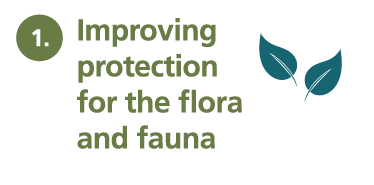
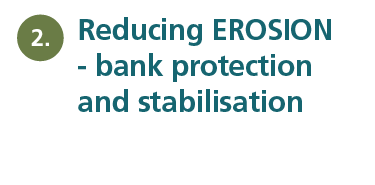
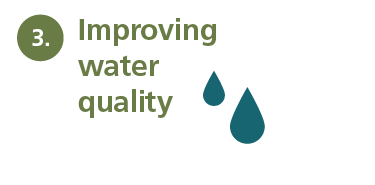
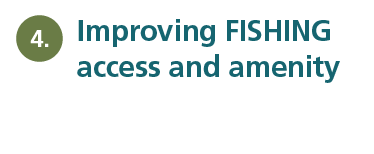

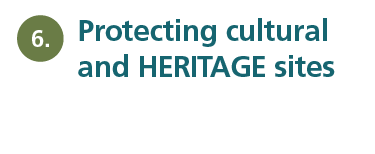
Q3: Perceived threats to the estuaries:
We asked each respondent to tick the perceived threats to the estuaries. Top responses were:
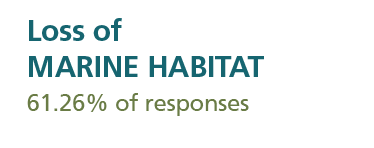


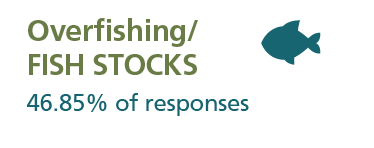

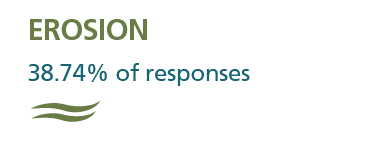
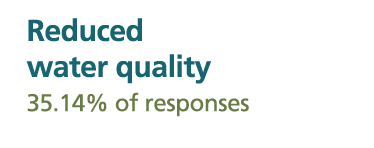

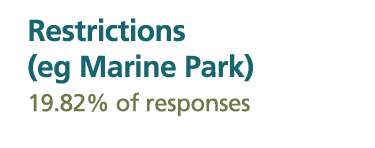
Q4: What level of intervention do you want to see in the management of access to these estuaries?
In terms of access to the estuaries, a majority of respondents were happy with the current access to the estuaries. Importantly, the reduction to access of the estuaries was the least popular response.
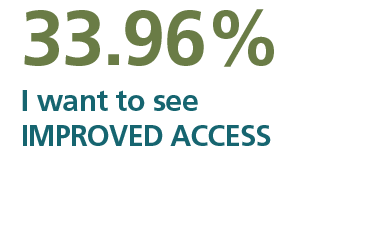
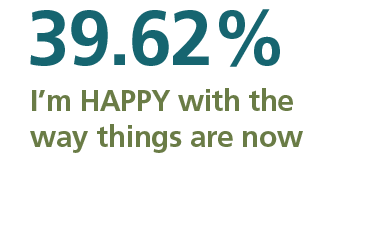
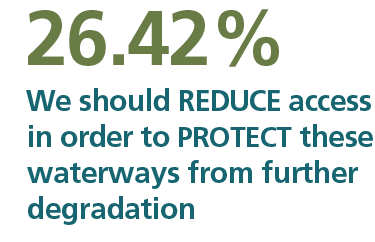
Q5: How do you feel about the use of watercraft in the estuary?
Respondents had mixed feelings about the use of watercraft in the estuaries. A lot of comments in the extended response options requested Council restrict access for ski-craft to the estuaries. Over half of the respondents felt that either watercraft was definitely, or may be impacting the amenity of the estuaries.




Q6: What value do you get out of your estuary?
This question received a varied response. This tells us that the use of our estuarine environment is very diverse and no one group or purpose are dominating our estuary usage.
It is important to consider this spread of diversity when looking at a management plan - we need to ensure equal use is considered.


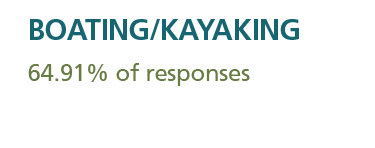

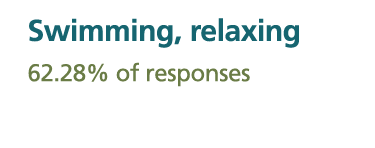
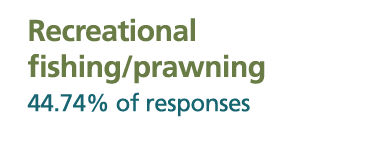
Q7: What issues do you see in the estuaries?
We asked respondents to provide to us what they saw as being the biggest issues across the three estuaries. This was an open question that allowed the respondents to tell us exactly how they felt as opposed to picking a provided option.
The following issues were raised more than once and have been ranked based on number of times raised. The results indicate to us where the community priorities lie with our estuaries as identified by the community:
- water quality controls and protection of estuarine ecological communities, regeneration of disturbed areas
- concerns on the use of jet ski’s in the estuaries . Many respondents expressed that ski-craft have a negative impact in the following ways:
- impact on biodiversity (through disturbance of wildlife, such as nesting or feeding shorebirds, fish)
- they contributing to the erosion of banks (through wash).
- they detract from the general ambience of the estuaries for other estuary users.
- concerns about the rapid pace of development around the estuaries
- concerns about dog control around these areas to further protect threatened shorebird habitat.
- illegal camping, resulting in litter and rubbish.
- more riparian vegetation should be planted to improve the health of the catchments and stability of the banks .
- lack of signage or information on the cultural heritage of the sites.
